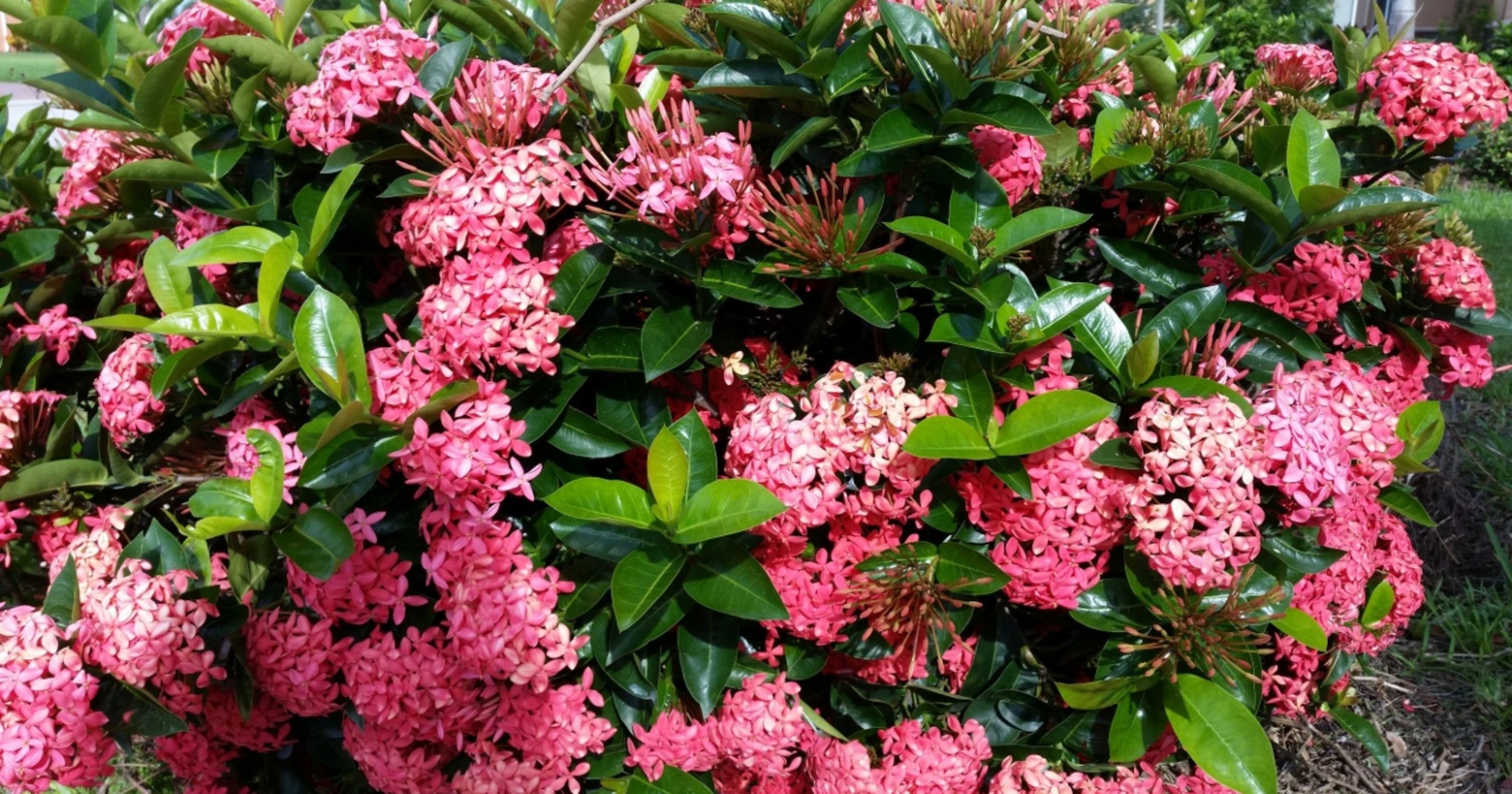What plants need to be protected in the cold weather? If you are located in Pinellas County you are probably in Zone 10a. What does that mean? It means that the average minimum temperature is 30-35 degrees. The winter of 2017 had record breaking cold temperatures and in some areas going down to 25 degrees. With this cold brought about a great deal of damage to tropical plants which make up a large portion of the local landscape.
So which plants do you need to protect and how can you protect them??
First off, you need to know your property. If you are near the salt water, you will probably not get a frost. The water keeps the air warmer. However, if there is wind, which is also common on the water, the wind chill makes the temperature lower and you can get burn on the leaves. Plants that are in sheltered areas suffer less cold damage that plants out in the open.
Areas close to buildings are warmer than more open areas especially on the south side of the building.
Also if your property is in a lower elevation, you are more likely to get a frost. If you are up on a hill, you are less likely to frost.
How to protect your plants.
First off- if it starts feeling cold- watch the weather. Usually frosts are predicted and are not surprises.
Containers or portable plants- if you can, bring any tender or tropical plants inside. I will give you a list at the end.
For larger landscape plants the solution is to mulch around the roots if you haven’t already done so, water thoroughly and cover with old blankets, sheets or commercial frost cover. Make sure the fabric drapes over the plants and hits the ground. The idea is to trap the heat from the ground.
If you live in Pinellas County and your temperature is expected to go below 35 degrees protect these plants:
Tropicals:
Shrubs:
Copperleaf
Ixora
Jatropha
Crotons
Allamanda
Snowbush
Cocoplum
Buttonwood
Ti Plant
Firebush
Variegated Schefflera
Hibiscus
Ginger
Ground Covers
Crown of Thorns
Blue Daze
Bromeliads
Annuals
Geraniums
Sunpatiens
Begonias
Petunias
Marigold
One thing to keep in mind is that if you don’t protect these plants, many of them will die back to the ground but will recover and grow back from the base. Last year, with the record breaking cold days we had, many of the tropicals looked dead but down at the base of the plant was still life. Unfortunately, your plants look bare until the beginning of the summer.
The moral of the story: watch the weather when it gets cold, bring in sensitive plants if possible and cover others. Don’t wait until the temperature has already dropped to cover the plants, do it earlier in the day so you collect the heat in the soil. Protect your plants, they are counting on you!!















